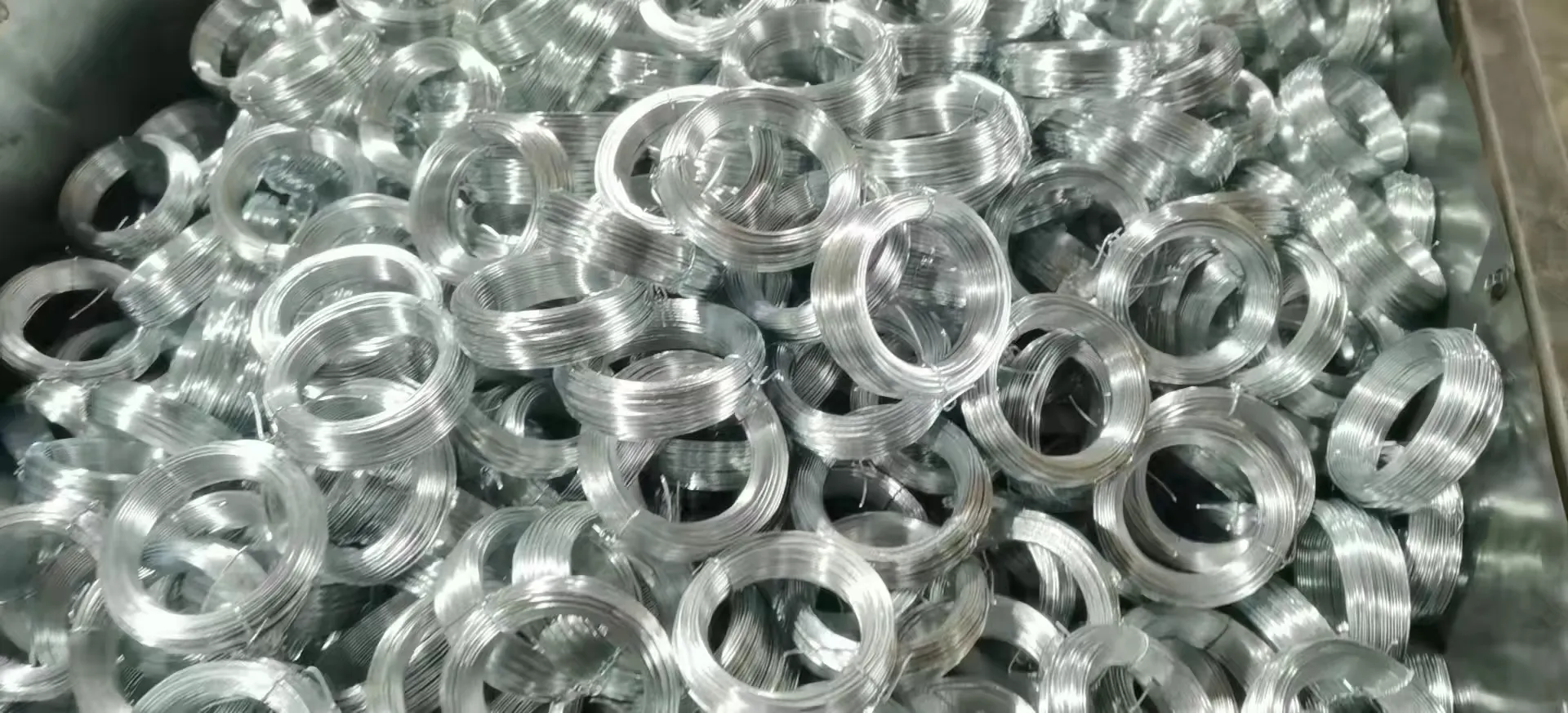Дек . 21, 2024 14:35 Back to list
rock cage retaining wall
Rock Cage Retaining Walls An Overview
In the realm of civil engineering, retaining walls play a critical role in maintaining the structural integrity of landscapes, particularly in areas prone to soil erosion or slope instability. Among various types of retaining walls, rock cage retaining walls, also known as gabion walls, have gained considerable popularity due to their strength, durability, and aesthetic appeal. This article delves into the design, construction, advantages, and applications of rock cage retaining walls.
What are Rock Cage Retaining Walls?
Rock cage retaining walls are constructed using wire mesh cages filled with rocks or stones. These cages, or gabions, act as a flexible, resilient barrier that can withstand the lateral pressure exerted by soil, water, and other external forces. The wire mesh typically consists of galvanized steel or PVC-coated steel, providing protection against corrosion and ensuring longevity.
Design Principles
The design of rock cage retaining walls involves several key principles. Engineers must consider the height and slope of the wall, the type of soil, drainage requirements, and the potential for hydrostatic pressure. Proper design ensures that the wall can effectively retain soil while managing water flow, which is critical for preventing erosion and instability.
One of the defining features of rock cage walls is their ability to accommodate some movement. This flexibility allows them to adjust to slight shifts in soil and pressure, making them less prone to failure compared to rigid retaining structures. Typically, these walls are built at a slope, helping to distribute loads evenly and further enhancing stability.
Construction Process
The construction of rock cage retaining walls is relatively straightforward. The process can be summarized in the following steps
1. Site Preparation The area where the wall will be built is cleared and excavated to ensure a solid foundation. 2. Base Installation A level base is created, often using gravel or crushed stone to improve drainage and prevent settling.
3. Gabion Assembly The wire mesh cages are assembled on-site or pre-fabricated. These cages are usually rectangular or square in shape.
4. Filling the Cages The cages are filled with appropriate sizes of rocks or stones, selected for their weight and durability. The filling material should be angular for better interlocking, thereby enhancing the wall's stability.
rock cage retaining wall

5. Placement and Stacking The filled cages are then placed in layers, with each layer being secured to the previous one. This stacking procedure sometimes utilizes additional connectors to boost structural integrity.
6. Finishing Touches Once the desired height is achieved, the top layer of the wall can be capped or finished with soil and vegetation for aesthetics and additional erosion control.
Advantages of Rock Cage Retaining Walls
1. Environmental Benefits Rock cage walls are porous, allowing water to pass through and reducing the risk of hydrostatic pressure behind the wall. This drainage capability is vital in minimizing erosion and maintaining soil health.
2. Aesthetic Appeal The natural stones used in gabion walls can blend beautifully with the surrounding landscape, offering a rustic charm that enhances curb appeal.
3. Cost-Effectiveness In many scenarios, using locally sourced stones can significantly reduce construction costs. Comparatively, these walls often require less maintenance than traditional concrete retaining walls.
4. Versatility Rock cage retaining walls can be used in various applications, from supporting highways to beautifying parks and gardens. They can accommodate different site conditions and can be tailored for various landscape designs.
5. Eco-Friendly Utilizing local materials promotes sustainability, while their porous nature encourages plant growth and supports local fauna.
Applications
Rock cage retaining walls are widely employed in both urban and rural settings. They are commonly used along highways, for slope stabilization, and in agricultural settings to manage runoff and soil erosion. Furthermore, their aesthetic qualities make them popular in landscape architecture, where they are used for garden beds, pond edges, and decorative features.
Conclusion
Rock cage retaining walls offer a compelling solution for managing soil and preventing erosion while enhancing the beauty of landscapes. Their durability, flexibility, and environmental benefits ensure they will remain a preferred choice among engineers and landscape architects. As we continue to explore sustainable architectural solutions, rock cage retaining walls stand out as a practical and visually appealing option.
-
Reliable Nails for Every Construction Project
NewsJun.10,2025
-
Reliable Iron Nails for Every Project
NewsJun.10,2025
-
Razor Wire Solutions for Enhanced Security
NewsJun.10,2025
-
Hydraulic Hose Ferrule Fittings: Key to a Strong Hydraulic System
NewsJun.10,2025
-
Field Fencing: Secure Your Property with the Best Solutions
NewsJun.10,2025
-
Euro Fences: The Ultimate Choice for Security and Style
NewsJun.10,2025









